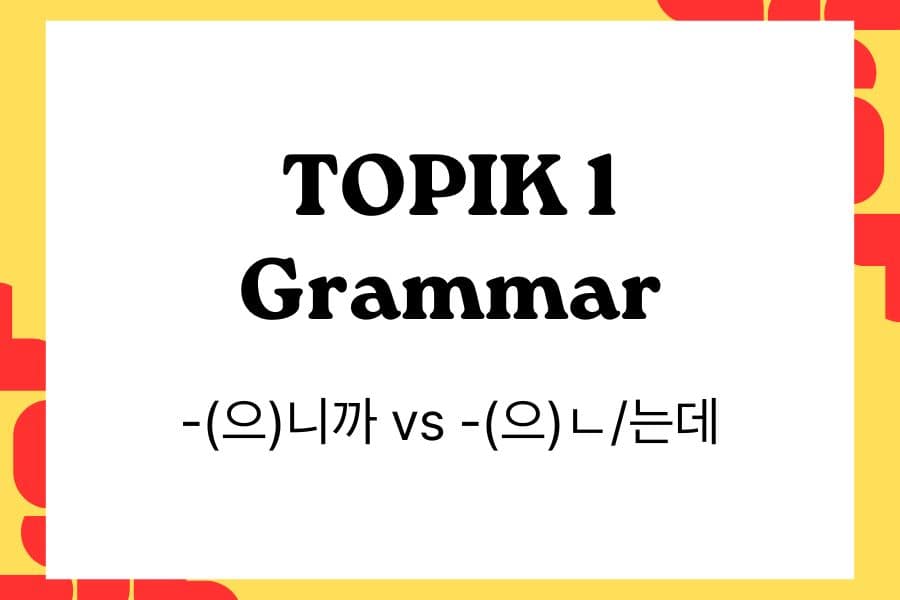
-(으)니까 vs -(으)ㄴ/는데
For TOPIK 1 learners, grammar endings that connect two clauses can be tricky because they look similar but express very different relationships. Two of the most common are -(으)니까 (reason/cause) and -(으)ㄴ/는데 (background/contrast). Knowing when to use each one will help you avoid common mistakes in the exam.
📌 Related grammar guides:
In this article, we’ll compare these two grammar points, show clear examples, and provide TOPIK-style practice questions.
Grammar Focus – -(으)니까 vs -(으)ㄴ/는데
-(으)니까
The ending -(으)니까 expresses a reason or cause. It is similar to “because” or “since.”
- Function: Explains why something happens or the reason for advice/command.
- Form: Attach -니까 after vowel or ㄹ-final stems, -으니까 after consonant stems.
- Context: Often used in polite conversation, instructions, or justifications.
예문:
- 날씨가 추우니까 옷을 따뜻하게 입으세요.
- 배가 고프니까 밥을 먹읍시다.
- 오늘은 피곤하니까 일찍 잡시다.
👉 Key Point: Use -(으)니까 when one action is the reason for another.
-(으)ㄴ/는데
The ending -(으)ㄴ/는데 has several functions, but at the TOPIK 1 level, it is mainly used to:
- Provide background information before the main statement.
- Contrast two situations.
- Soften a statement or connect naturally in conversation.
- Form:
- Verb stems → -는데
- Adjective stems ending with a consonant → -은데
- Adjective stems ending with a vowel → -ㄴ데
- Context: Frequently used in spoken Korean, storytelling, or polite requests.
예문:
- 저는 학생인데 제 친구는 선생님입니다.
- 날씨가 추운데 밖에서 운동을 해요.
- 시간이 없는데 어떻게 하지요?
👉 Key Point: Use -(으)ㄴ/는데 for background, contrast, or softer connection.
How These Grammar Points Appear in TOPIK 1
In TOPIK 1, test questions often check whether the sentence needs a reason (-(으)니까) or background/contrast (-(으)ㄴ/는데).
Example Question 1 (Reading/Grammar)
배가 고프( ) 식당에 갑시다.
① 으니까
② ㄴ데
③ 게 되다
④ 을 때
👉 Correct answer: ① 으니까 (Reason: because I’m hungry.)
Example Question 2 (Reading/Grammar)
저는 한국 사람( ) 제 동생은 미국 사람입니다.
① 으니까
② 인데
③ 게 되다
④ 을 수 있다
👉 Correct answer: ② 인데 (Contrast: I am Korean, but my younger sibling is American.)
Example Question 3 (Listening/Integrated)
여: 날씨가 참 덥네요.
남: 네, 덥( ) 시원한 음료 마시러 갈까요?
① 으니까
② 은데
③ 게 되다
④ 을 때
👉 Correct answer: ① 으니까 (Reason: since it’s hot, let’s get something cold to drink.)
Study Tip for TOPIK Learners
- Ask yourself: Is the sentence giving a reason or just providing background/contrast?
- If it’s reason/justification, use -(으)니까.
- If it’s background, contrast, or connecting context, use -(으)ㄴ/는데.
- Practice by changing the same sentence into both forms:
- 날씨가 추우니까 집에 있어요. (Reason → Because it’s cold, I stay home.)
- 날씨가 추운데 밖에 나가야 해요. (Contrast → It’s cold, but I have to go out.)
Conclusion
-(으)니까 and -(으)ㄴ/는데 are both useful connectors, but they serve different purposes. One shows a reason, the other provides background or contrast. Knowing the difference will help you answer TOPIK 1 questions with confidence.
👉 Want more Korean grammar tips for TOPIK? Keep studying with our TOPIK 1 book

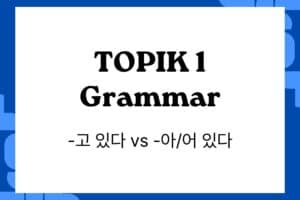
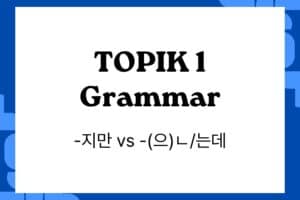
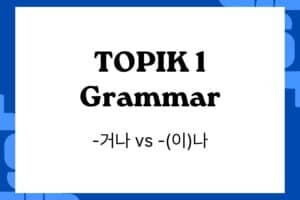
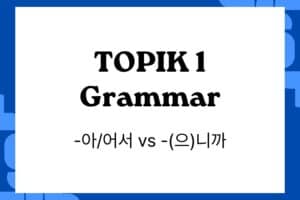
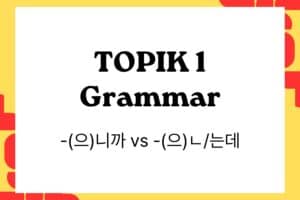
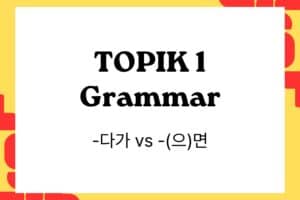
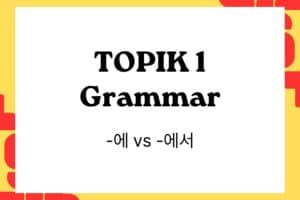
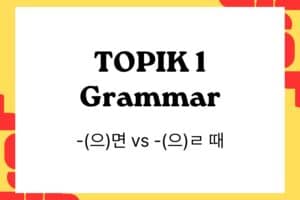

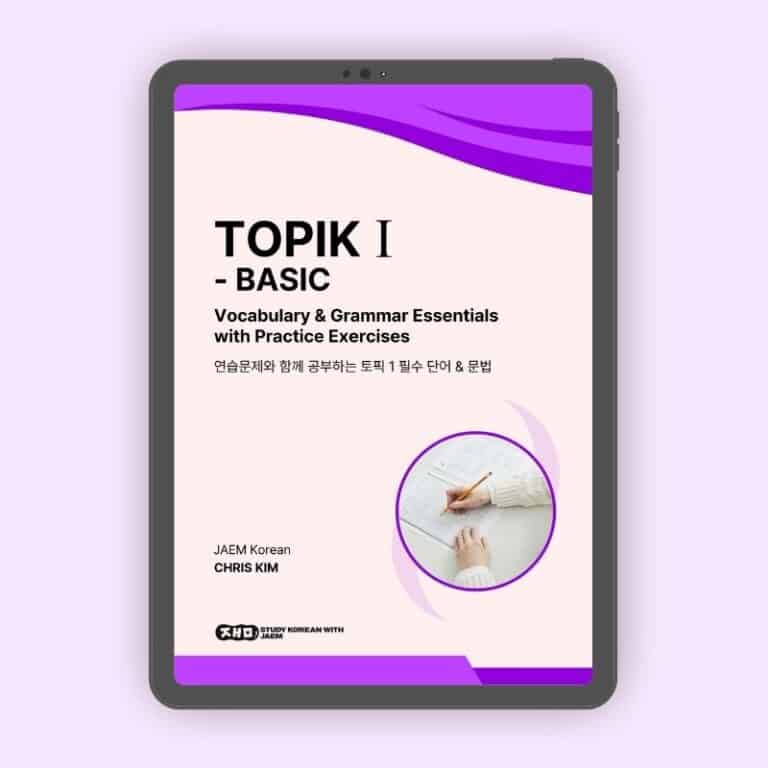
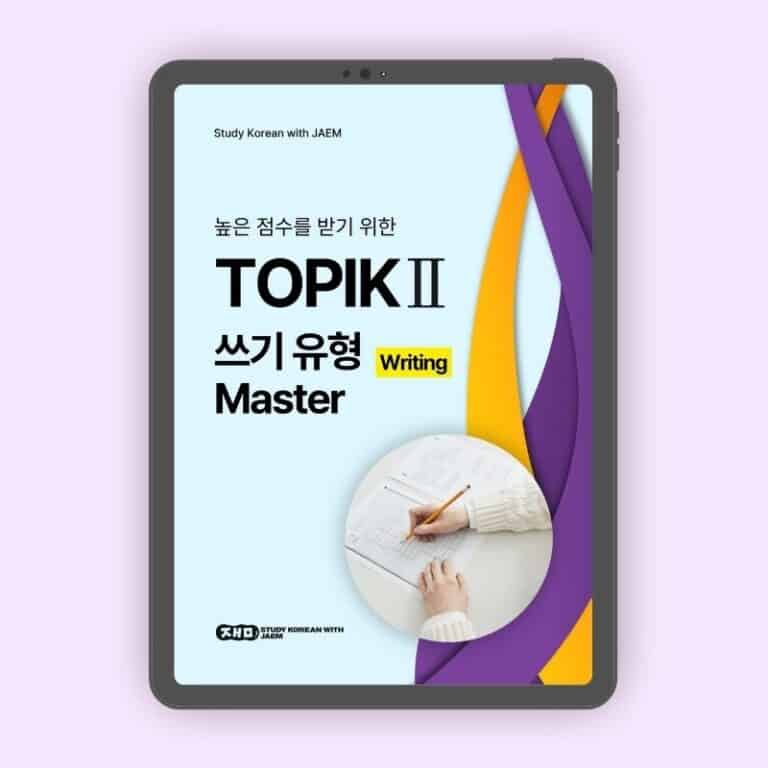
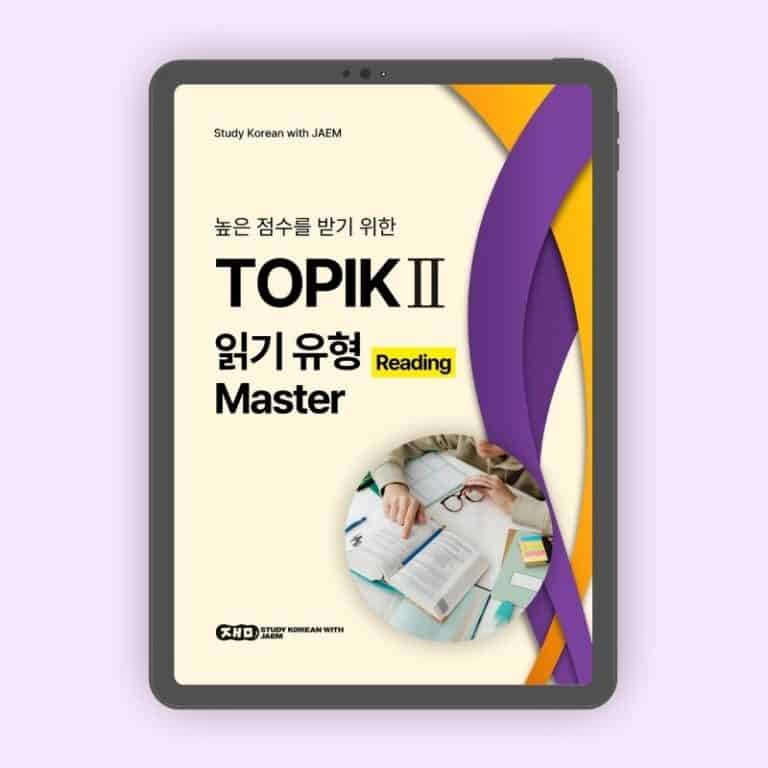

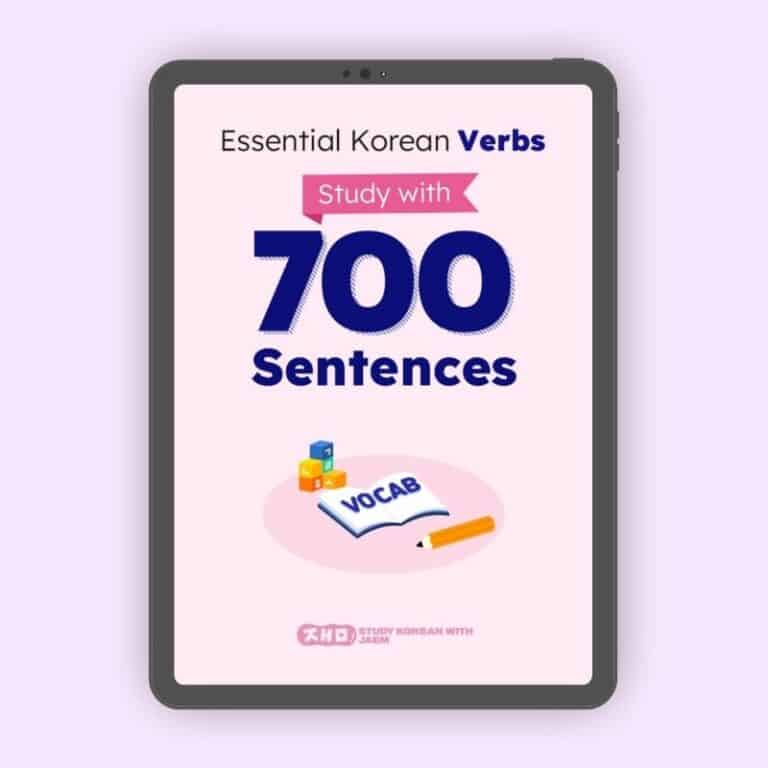
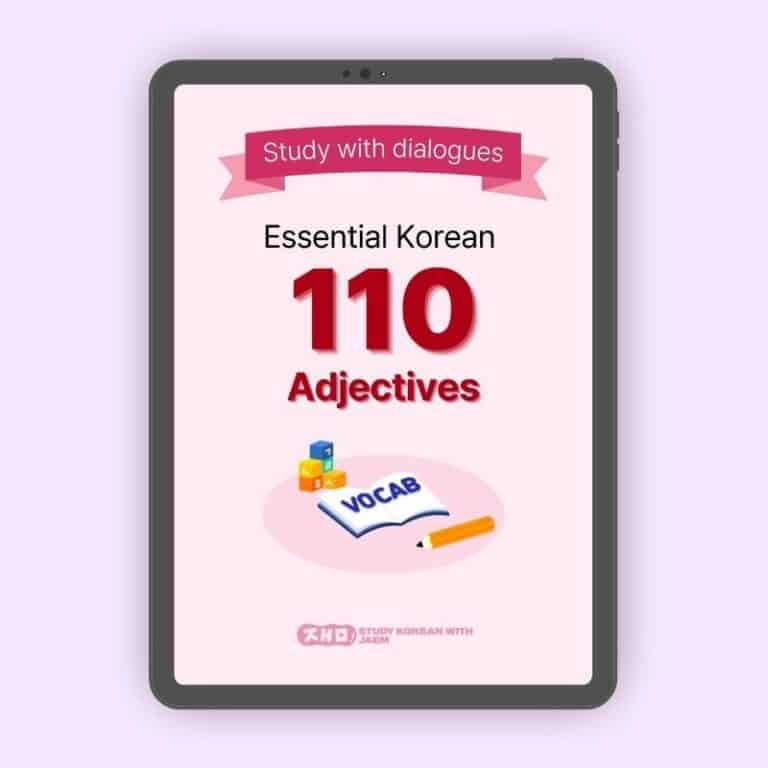

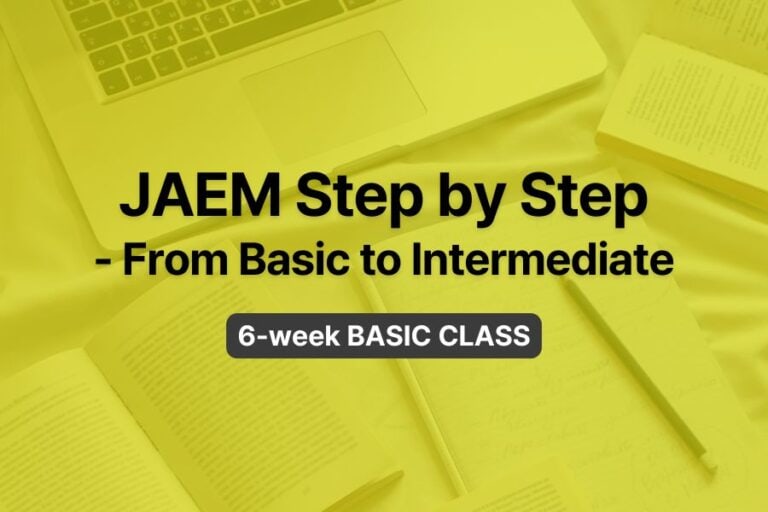

Responses